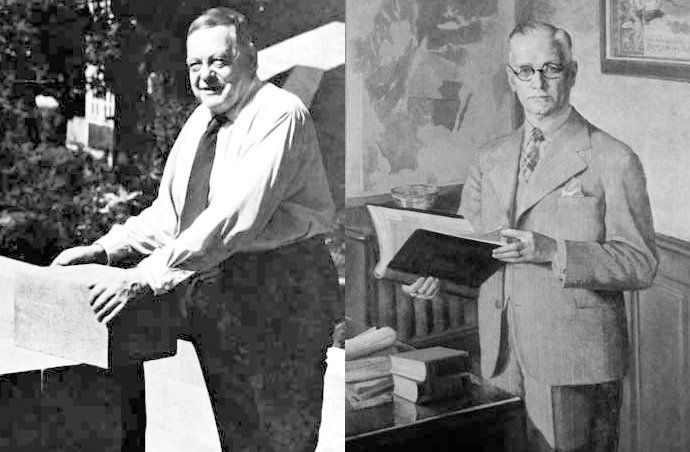Necessity is indeed the mother of invention. In Axel Eriksson's case, it was the enormous energy shortage in Sweden in 1922 after the First World War. The government had announced tough savings measures. For this reason, it also increased the requirements for housing construction: From now on, better insulation was to be used in order to keep the heat in the house longer.
At the time, Dr. Johan Axel Eriksson, a Swede just in his early 30s, was teaching as an assistant professor of building techniques at the Royal Institute of Technology in Stockholm. He was conducting research on a large number of different aerated concrete samples. Because he knew: Blocks made of this material would not only be ideal for building faster than before. They would also insulate interiors much better than wood, which was a much-used building material at the time.
Eriksson accelerated the curing process of the porous mass of burnt shale limestone, water and aluminum powder by placing the sample in the laboratory autoclave. The porous mass survived the overnight autoclaving, and the resulting cured brick possessed greatly increased strength and a new, stronger crystalline composition. In the heat and pressure of steam curing, the silica and lime components had fused into a form of calcium silicate hydrate crystal, similar to the volcanic rock known in nature as tobermorite. The architect patented his invention in 1924 - and in Carl August Carlén found the merchant who could also bring the new building material to customers. First in Sweden, then all over the world.

.png)